
Starting June 1st, 2023 Our warehouse fee will be $0.65/cubic foot per month
In effort to lower the warehouse storage fee during inflation, we have went narrow aisle racking.This construction took us four months but the project is finally completed. With narrow aisle racking, we are able to drop storage by 24%.We as partners will go through this inflation together.
12/19/2023
In the intricate web of global commerce, where efficiency and precision reign supreme, the linchpin of seamless supply chain operations often lies in the heart of a well-designed and operated distribution center. Join with Worldcraft Logistics on a journey to unravel the intricacies, benefits and the difference of distribution centers - the nexus between production and consumption.
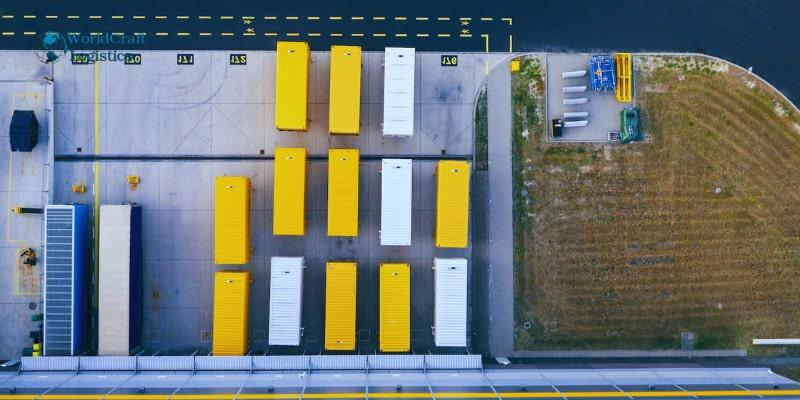
A Distribution Center meaning a pivotal element within the supply chain, serving as a dedicated warehouse tasked with the strategic storage and efficient distribution of goods. Its core functions encompass receiving, organizing, and dispatching products to various endpoints, including retailers, wholesalers, or directly to consumers. Timely deliveries and optimal inventory management are critical aspects handled by distribution centers, leveraging technology for streamlined operations. The design of these centers is influenced by factors such as the nature of the products and order volumes they handle. Essentially, distribution centers play a crucial role in ensuring the smooth and efficient movement of products through the supply chain. Often used interchangeably with fulfillment centers, they are responsible for order fulfillment and may provide additional value-added services to enhance the overall distribution process.
New terms related to warehouses for you to gain more knowledge, please read them:
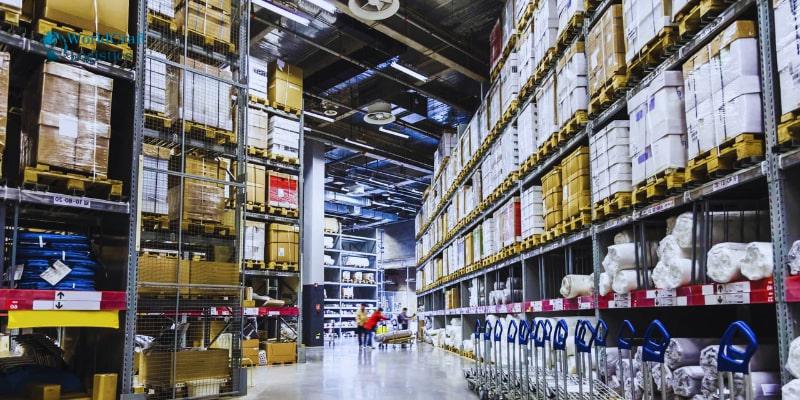
With the economic recession from early 2023 until now, global retailers shift to distribution centers for cost efficiency, faster order fulfillment. Simultaneously improved inventory management, strategic market presence, cross-docking operations, scalability, technology integration, market expansion, customer service enhancement, and risk mitigation.
This transition enables them to consolidate inventory, reduce transportation costs, optimize supply chains, and strategically position themselves for growth and customer satisfaction.
Distribution centers and fulfillment centers play distinct roles in the supply chain, but their functions can sometimes overlap. Here are the key differences between the two
 | Distribution Center | Fulfillment Center |
Purpose |
|
|
Scope | Distribution centers are strategically located to serve a larger geographic area or multiple regions. | Narrower Focus: Fulfillment centers are often strategically located to provide quick and efficient order fulfillment for a specific customer base. |
Inventory Handling | Distribution centers commonly deal with bulk storage of products, managing larger quantities in optimized storage configurations. | Fulfillment centers manage individual products and pick, pack, and ship them as per customer orders. |
Order Processing | While some distribution centers may fulfill customer orders, their main role is to distribute products to various outlets rather than directly to end customers. | They have a direct role in processing customer orders, ensuring they are packed accurately and shipped promptly. |
Shipping | Bulk Shipments - They are often involved in shipping larger quantities to various locations. | Fulfillment centers specialize in shipping individual customer orders, often with a focus on speed and accuracy. |
Overlapping Functions:
👉E-commerce Impact: With the rise of e-commerce, some facilities operate as both distribution and fulfillment centers, combining the tasks of managing bulk inventory and processing individual customer orders.
👉Technological Integration: Both types of centers may incorporate advanced technologies, such as warehouse management systems (WMS) and automation, to enhance efficiency.
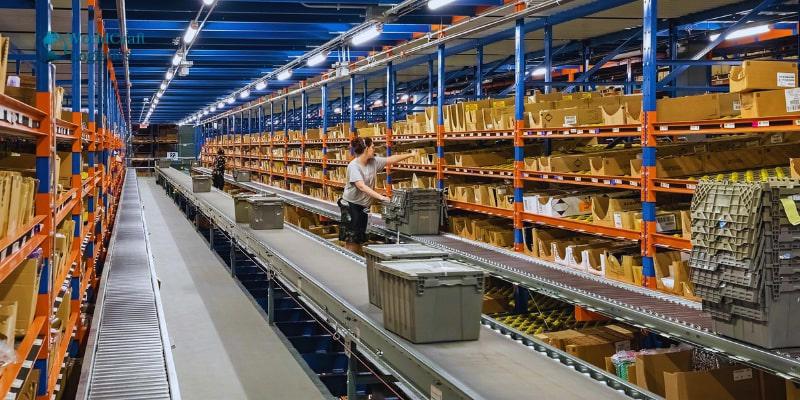
In summary, you knowed what are distribution centers and missions of this . Distribution centers are more focused on managing and distributing products in bulk to various locations, while fulfillment centers are specifically geared towards processing individual customer orders for prompt and accurate delivery. However, the distinctions between the two can blur in the evolving landscape of modern logistics and e-commerce.
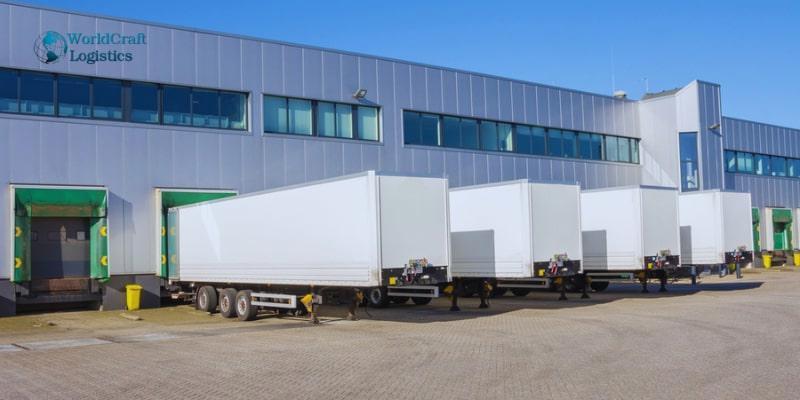
To determine the best distribution center definition and model for your business, you'll need to consider various factors such as the nature of your products, target market, order volume, geographic locations, and the level of customization required. Here are some common distribution center models to consider:
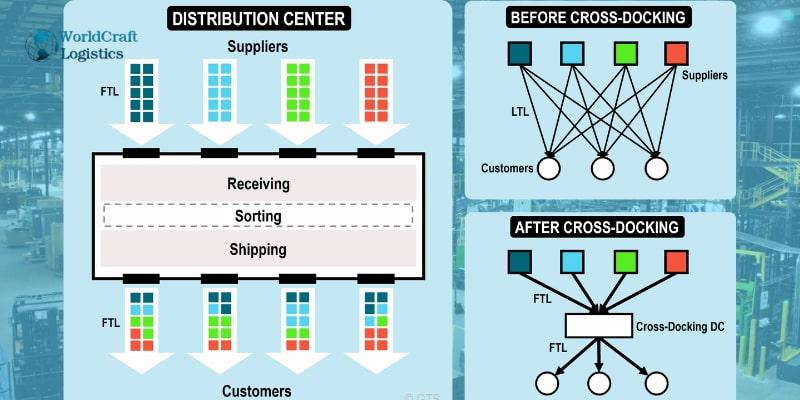
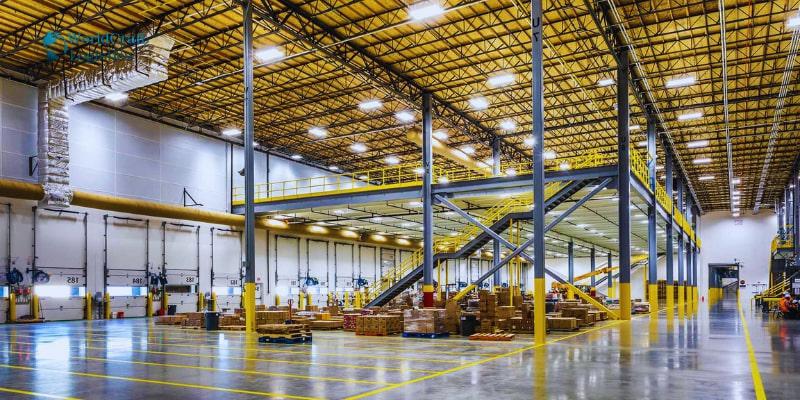
Given the current business landscape, it's crucial for companies to consider outsourcing their logistics services to Third-Party Logistics (3PL) providers. If you require assistance, be sure to reach out to Worldcraft Logistics promptly for further information on top-notch services and quotes.
The best fit depends on your business goals, product characteristics, customer expectations, and the overall supply chain strategy. Conducting a thorough analysis of your specific requirements and considering the pros and cons of each distribution center model will help you make an informed decision. Additionally, staying flexible and adaptable to changes in market dynamics is crucial for long-term success. If you have more specific information about your business, I can provide more tailored advice.
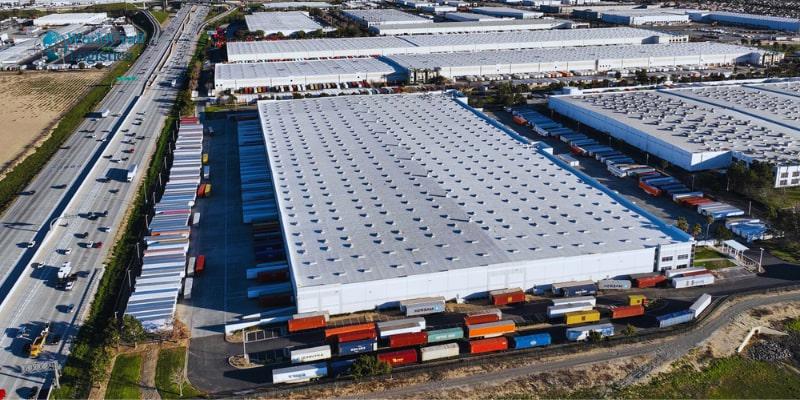
Understanding the pivotal processes within a distribution center is crucial for businesses aiming to enhance their operational efficiency. This article explores the fundamental distribution center processes that contribute to quick and effective order fulfillment.
The initial phase involves receiving and unloading inventory, followed by strategic storage optimization within one or more distribution center locations. A well-executed receiving process, encompassing proper documentation, sets the foundation for efficient inventory management and fulfillment.
Depending on product size and quantity, inventory is stored on palettes, shelves, or bins after inspection.
Tech-enabled distribution centers, often managed by third-party logistics providers (3PLs), employ warehouse management systems (WMS) to optimize the picking process. Orders are intelligently grouped based on inventory proximity, reducing picker steps and enhancing workflow efficiency.
Generated with order details, a picking list aids in scanning and updating real-time inventory counts as each unit is picked.
Securely packaging items and affixing shipping labels follow successful picking.
Efficient inventory restocking, also known as inventory replenishment, is vital for ensuring a constant supply of inventory ready for immediate picking and packing. Distribution center warehouse, especially those operated by 3PLs, leverage inventory management software to prevent stockouts or overstocking.
Managing multiple warehouses requires careful restocking to avoid split shipments and maintain optimal inventory levels.
A well-structured returns management process positively impacts customer satisfaction and reduces logistics costs. Leveraging distribution centers allows businesses to rely on distribution or 3PL partners to handle returns efficiently.
Choosing the right distribution center model involves understanding and optimizing these essential processes. By leveraging technology, strategic partnerships, and streamlined workflows, businesses can enhance their overall operational efficiency and customer satisfaction.
SEO
Digital Marketing/SEO Specialist
Simon Mang is an SEO and Digital Marketing expert at Wordcraft Logistics. With many years of experience in the field of digital marketing, he has shaped and built strategies to effectively promote Wordcraft Logistics' online presence. With a deep understanding of the logistics industry, I have shared more than 500 specialized articles on many different topics.

Education
01/05/2025

Education
02/18/2025

Education
01/01/2024

Education
08/28/2024

Education
11/13/2023